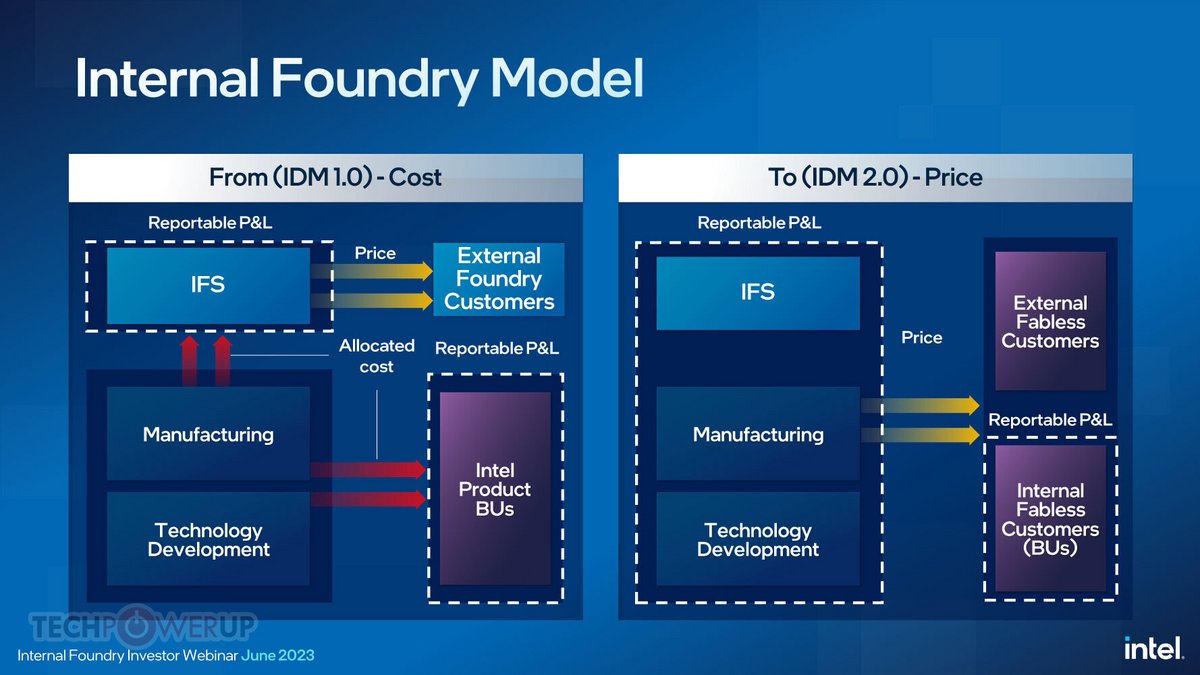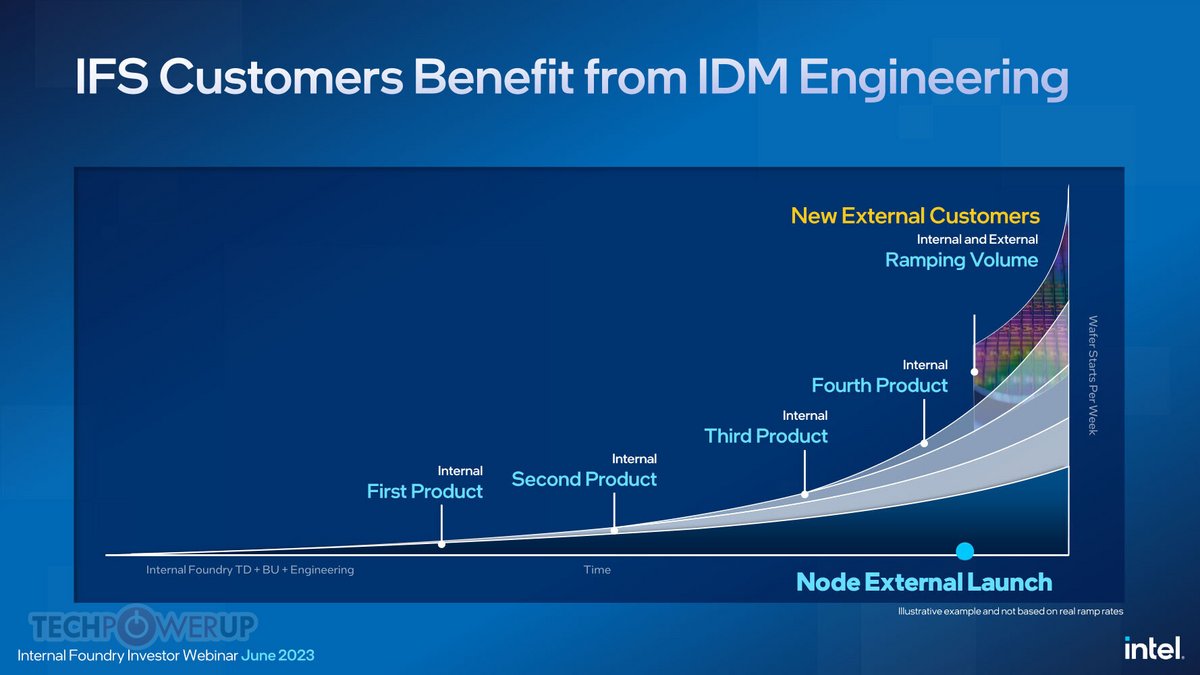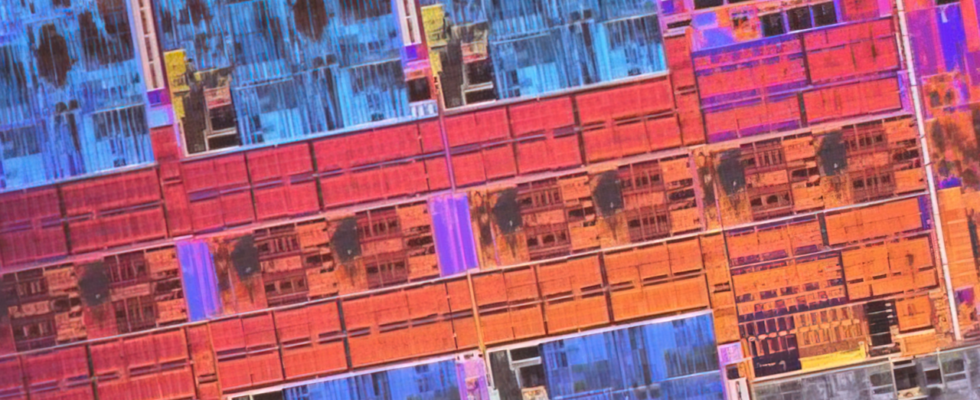Moreover, the Intel Foundry division seems to have to acquire greater and greater autonomy.
Since the arrival of Pat Gelsinger at the head of the group, Intel has never hidden its intention to leave behind several years of “stagnation” to start again.
In 2025, the Intel 18A ahead of the TSMC 2 nm?
A strong idea that materialized through several large-scale plans. The latest (
integrated device manufacturing or IDM 2.0) should make it possible to achieve Intel’s objective: to (re)become the second foundry manufacturer in the world, behind TSMC, and reassure the markets.
David Zinsner and Jason Grebe – respectively Chief Financial Officer and General Manager of the Enterprise Planning Group at Intel – were engaged during an investor conference. The idea was to insist on the new economic model envisaged by Intel and to come back to the main innovations of the group.
First, officials reaffirmed that, as early as 2025, Intel aims to regain technological leadership with the launch of the Intel 18A engraving process. A slide reminded that Intel has, until recently, always been ahead of TSMC. Its loss of competitiveness, Intel “owes” it to its delays on the 10 nm, allowing TSMC to take the lead with its 7 nm and today, its 5 nm, on the market for several months already.
The Intel 4 – slated for Meteor Lake – is only expected to be available sometime in the fall of 2023. Intel will still be behind when its Intel 3 launches – there is talk of a 2-3 quarter lag with the TSMC 3 nm – and even the Intel 20A should be behind the Taiwanese process. It is therefore with the Intel 18A – by 2025 – that Intel aims to gain the upper hand over its competitor, which should be on the TSMC 2 nm process.
Increasingly segmented activities?
The group specifies that in parallel, the customers of the IFS division (Intel Foundry Services, its foundry section) should benefit from the same technologies as the Intel company itself. The idea, however, would be that Intel somehow assumes the risks associated with a new technology so that it is accessible to all, perfectly operational. An obvious link between Intel chip designer (whose range name has recently changed) and Intel foundry that should not scare off potential customers.

Jason Grebe insisted on the compartmentalization of activities so that ” customer data and intellectual property » are secure before specifying that a service and support « world class are required to inspire confidence in future customers. A need for confidentiality which will also be reflected in the operation of IFS, which should stand out more and more clearly from the rest of the group.
A ” new operating model was thus evoked to make IFS a ” almost separate business entity with its own profit and loss statement “. So why not divide Intel into a foundry on one side and a design lab on the other? David Zinsner sees “ many advantages to combining design and manufacturing activities, especially since Intel acts as a zero customer », wiping the plasters for the other customers.

For the time being, Intel does not seem to have decided to take the path chosen by AMD when, in October 2008, the American company split into two structures: GlobalFoundries then included all the production units of the group, but remained linked to AMD… until the latter sold, in March 2012, the last 14% that it still held in GlobalFoundries.
Source : TechPowerUp

4